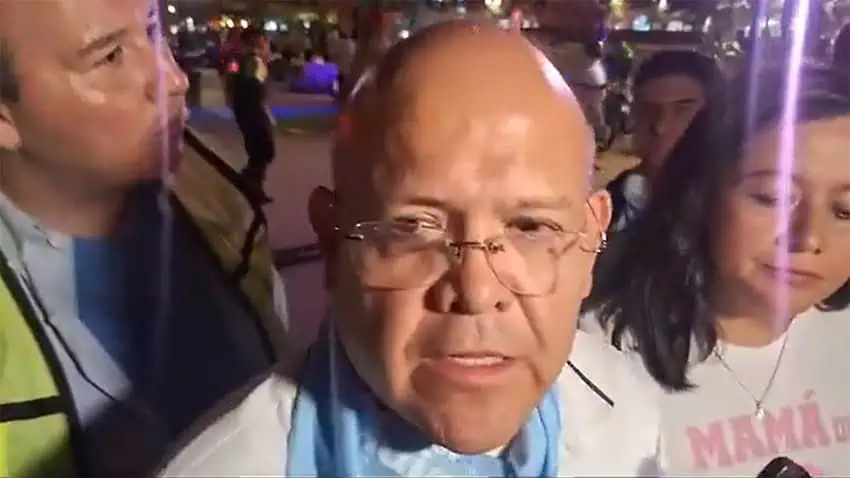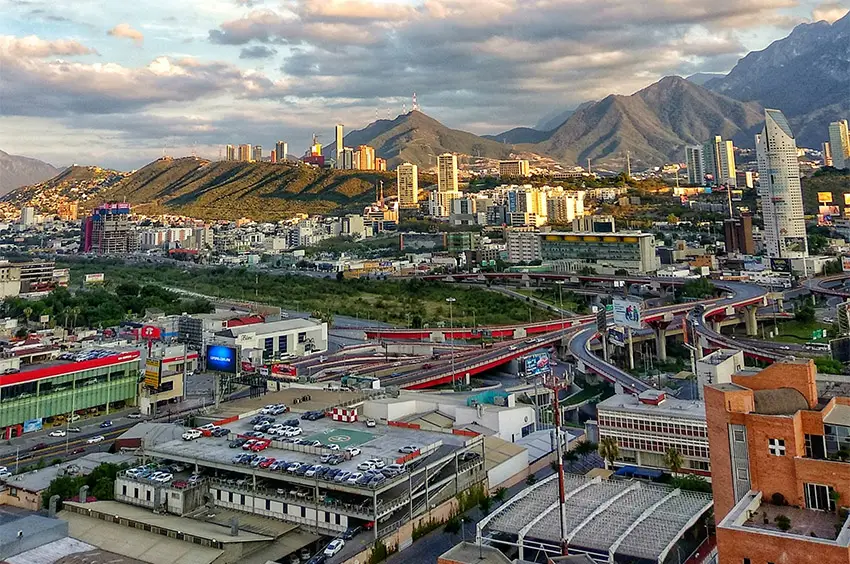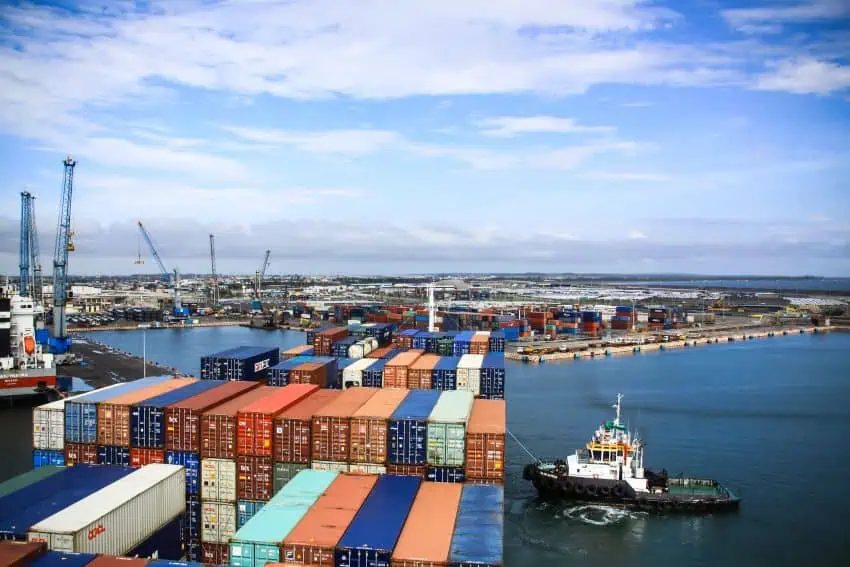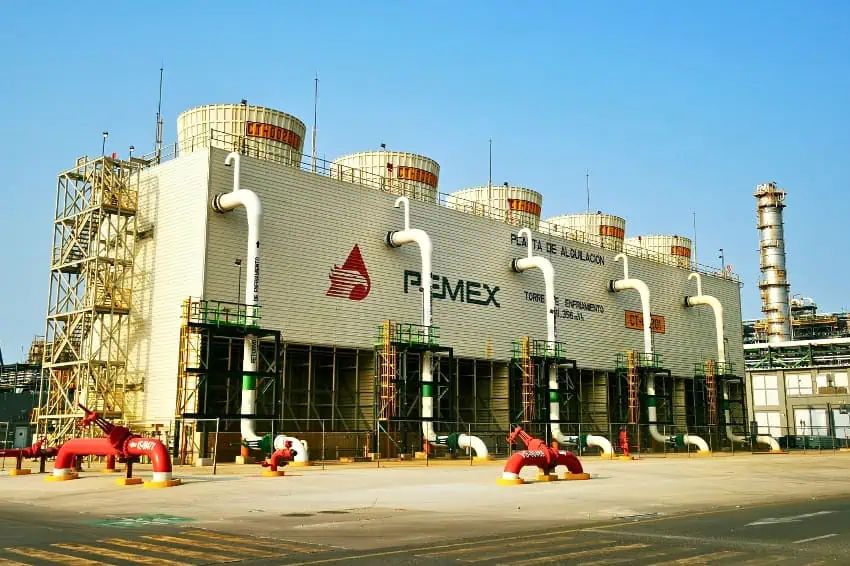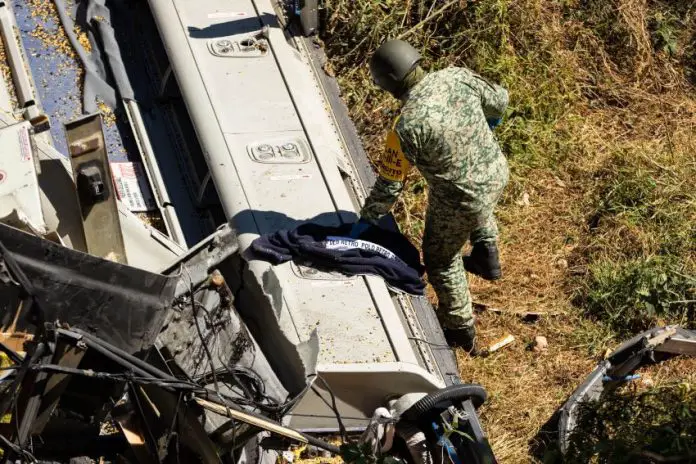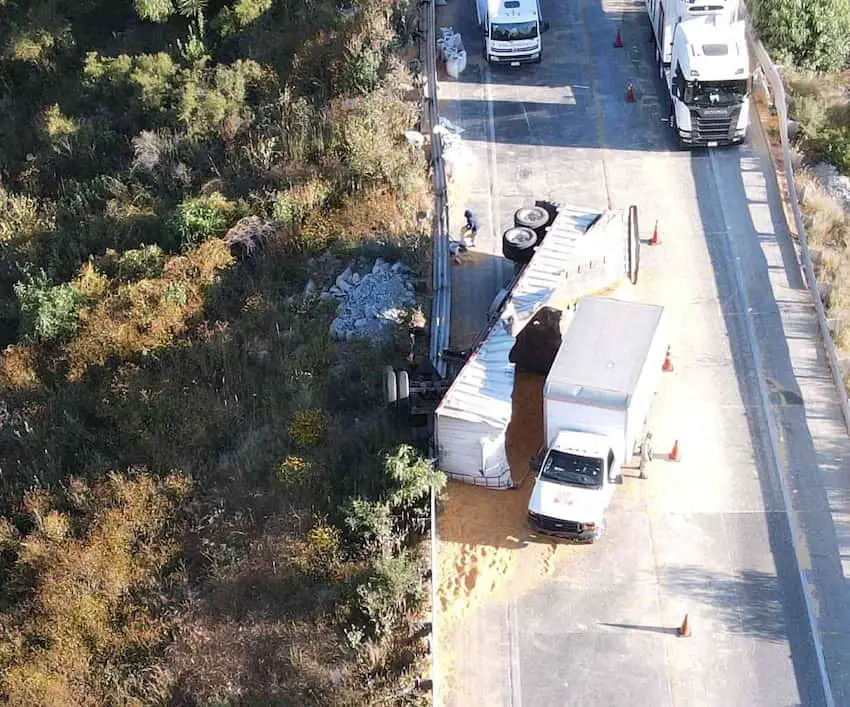There’s always something happening in Los Cabos in November, from holidays and arts-themed festivals and events to sporting competitions and one-of-a-kind outdoor adventures. The last big-money fishing tournament of the year happens in November, as does Los Cabos’ only PGA-sponsored golf tournament. Meaning, on any given day you can attend events celebrating athletics, cinema, cuisine, painting, sculpture, and yes, the dearly departed. Or enjoy ideal weather conditions for sailing, surfing, and windsports.
Día de Muertos – November 1-2

Día de Muertos means more in Los Cabos than simply an opportunity for souvenir shops to fill display windows with Catrinas and colorful calaveras. It’s also the de facto kickoff for Art Walk season in San José del Cabo. The high-season weekly event begins annually in November with many gallery owners often showcasing artistically designed ofrendas (altars) during the early part of the month. Day of the Dead is also notable as an inspiration for events at many regional bars, restaurants, and resorts.
Baja Ha-Ha Cruisers Rally – November 4-16
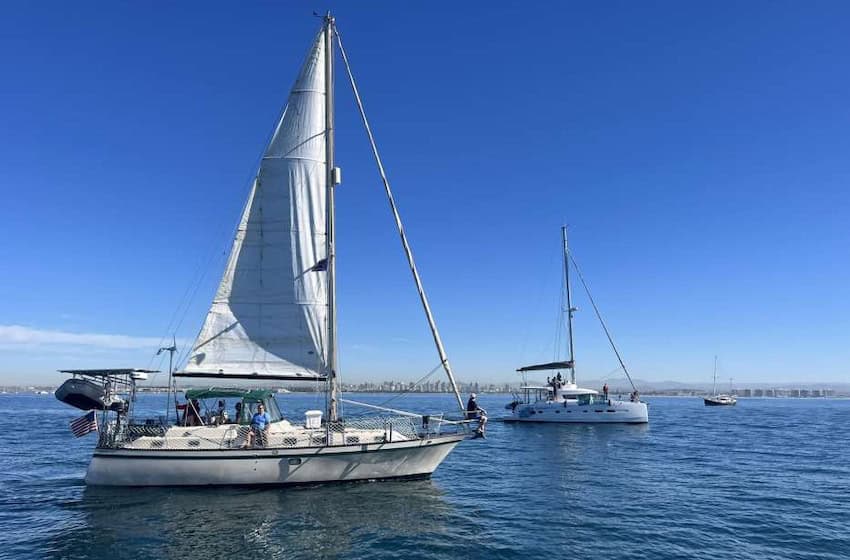
The funniest book ever written about the Baja California peninsula and its colorful residents was the work of a Western Outdoor News columnist and all-around fine writer named Fred Hoctor. The book, called Baja Haha, was published in 1984 and has been something of a cult classic among gringo expats ever since. Sadly, Señor Hoctor is no longer with us. But his title lives on thanks to Baja Ha-Ha, a fun-filled 750-mile cruiser rally from San Diego to Cabo San Lucas that celebrates its 30th anniversary this year.
Cabo Tuna Jackpot Tournament – November 6-9

Calendar-wise the last of Los Cabos’ million-dollar-plus fishing tournaments, the Cabo Tuna Jackpot is also noteworthy as the world’s richest tuna-focused competition (the prize pool was US $1.47 million in 2023). It’s got a great motto, too: Fish hard, party harder! Base entry is US $1,000 per team, which seems small enough price to ante up (teams can include up to six anglers, meaning the entry is only $166.66 each) given last year’s winning team, Sneak Attack, held up an over-sized check for $585,775 after bagging a 284-pound yellowfin.
San José del Cabo Art Walk – November 7, 14, 21, 28
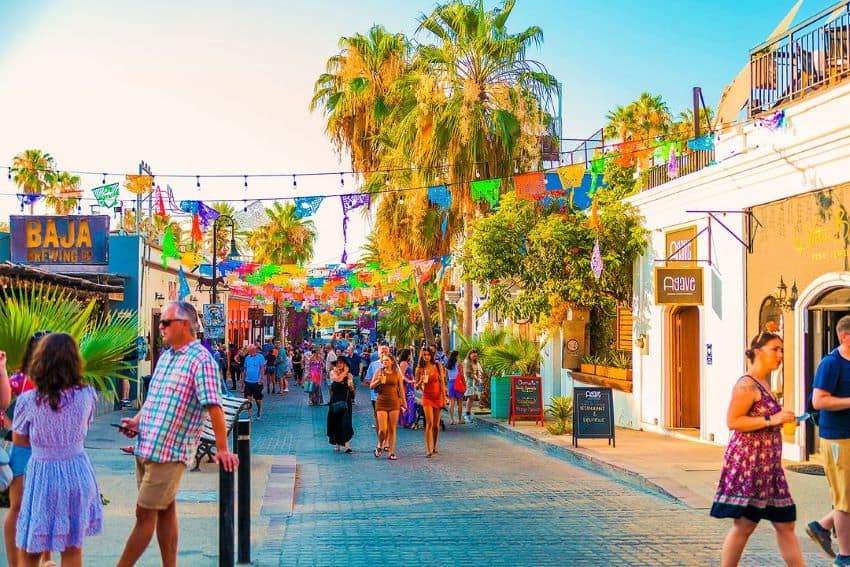
The historic Art District in San José del Cabo takes center stage each Thursday evening from 5 pm to 9 pm during high tourist season, November through June, when residents and visitors alike are invited to stroll its cobblestone streets and peruse the many eclectic fine arts galleries. Nearby bars and restaurants (of which there are many of superb quality) also benefit, since the event finishes around dinner time.
PGA World Wide Technology Championship – November 7-10

Want to see the world’s best golfers tackle one of Los Cabos’ best golf courses? The Tiger Woods-designed El Cardonal Course at Diamante hosts the area’s only PGA-sponsored event: the World Wide Technology Championship. Last year’s winner, Erik van Roos won dramatically with an eagle on the final hole – and in recent years a who’s who of PGA stars have participated, including major champions Scottie Sheffler, Jon Rahm, Jordan Spieth, and Justin Thomas. Tickets are affordable ($35 to $45 per day), food and drink options are abundant, and free shuttles will run from downtown Cabo San Lucas.
Swinging for Scholarships Golf Tournament – November 16

You can’t tee it up at the PGA World Wide Technology Championship. But you can at the fifth iteration of the Swinging for Scholarships Golf Tournament, which helps fund educational opportunities for children of employees at Esperanza, Auberge Resorts Collection. You might win some cool stuff, too. More than $30,000 worth of prizes are up for grabs, along with the opportunity to play the picturesque Tom Weiskop-designed Desert Course at Cabo del Sol. The entry fee is $400, or what you’d pay to play golf at just about any Los Cabos course — without the good cause attached.
Culinary Weekends 2024 at Waldorf Astoria Los Cabos Pedregal – November 21-23

There’s seemingly nothing Los Cabos luxury resorts like more than bringing top chefs from the U.S. and Mexico to prepare world-class cuisine for their guests. That’s certainly the case at Waldorf Astoria Los Cabos Pedregal, which as part of its Festival of Flavors this year has hosted culinary weekends headlined by several great chefs. November’s kitchen star-in-residence is Claudette Zepeda, a former Iron Chef contestant and San Diego-based founder of Chispa Hospitality and acclaimed Mexican-themed restaurants such as El Jardín and VAGA.
Festival de Cine Todos Santos – November 29-30, December 1

This annual showcase for Mexican and Latin American films was founded in 2004, meaning this year the festival celebrates its 20th anniversary. As always, short films and features will primarily be shown at historic Teatro-Cine Manuel Márquez de León, a landmark 80-year-old movie theater that overlooks the town square in Todos Santos. However, select films will also be screened in Los Cabos and La Paz. No schedule has been released yet, nor have any special guests been announced, although it bears noting that Mexican actors such as Diego Luna and Tenoch Huerta have appeared at past festivals.
Surf Season on the Pacific Coast – November to March

Summer may be the best time to find great waves off Los Cabos’ Sea of Cortés-facing beaches. But beginning in November the surf scene is centered around Pacific Coast beaches like Cerritos, La Pastora, and San Pedrito. Surfing is indeed good year-round in this part of Los Cabos (La Paz municipality, to be exact). However, conditions are at their peak from November to March, thanks to seasonally bigger and more consistent swells. Several local activities companies offer lessons for those who need to brush up on their wave-riding skills. Or learn some.
Windsports Season in Los Cabos – November to March

While the Pacific Coast is Los Cabos’ wintertime surf mecca, windsports enthusiasts flock to the East Cape. Why? From November to March each year, strong El Norte winds blow hundreds of miles down the Sea of Cortés, creating optimal wind and kite surfing conditions in small East Cape communities like Los Barriles and La Ventana. The wonderfully named Lord of the Wind Competition may be a thing of the past, but the East Cape is the place to be if you love kiteboarding, kitesurfing, windsurfing, or similar pursuits. Lessons, camps, and special accommodations are available.
Chris Sands is the Cabo San Lucas local expert for the USA Today travel website 10 Best, writer of Fodor’s Los Cabos travel guidebook, and a contributor to numerous websites and publications, including Tasting Table, Marriott Bonvoy Traveler, Forbes Travel Guide, Porthole Cruise, Cabo Living and Mexico News Daily. His specialty is travel-related content and lifestyle features focused on food, wine and golf.


